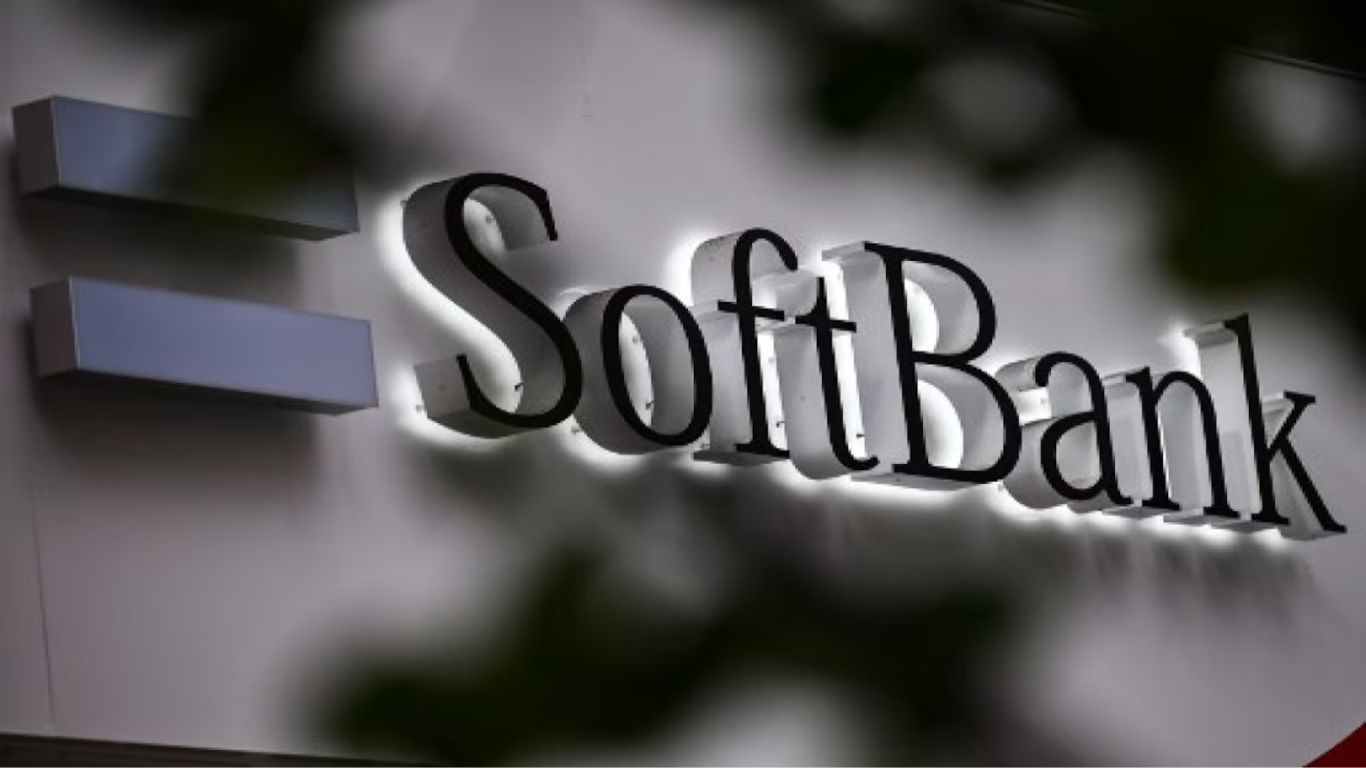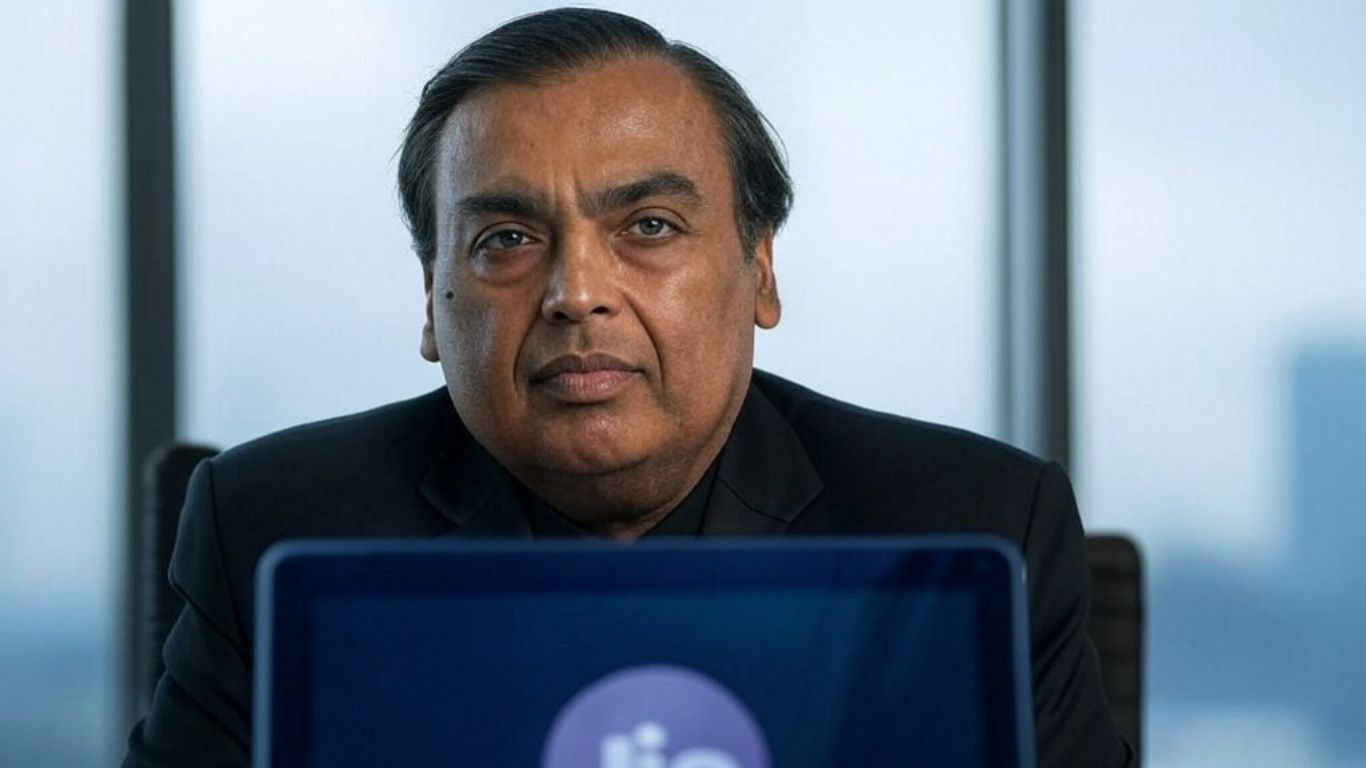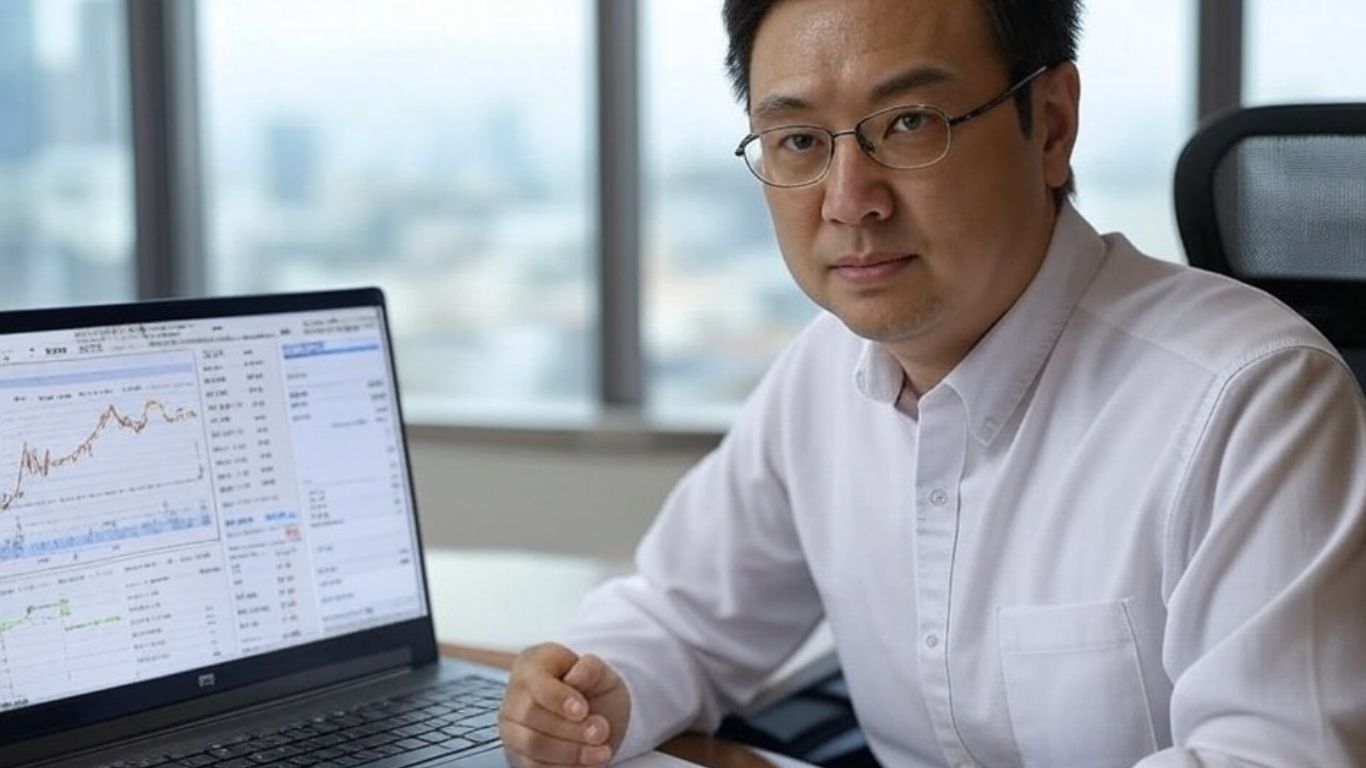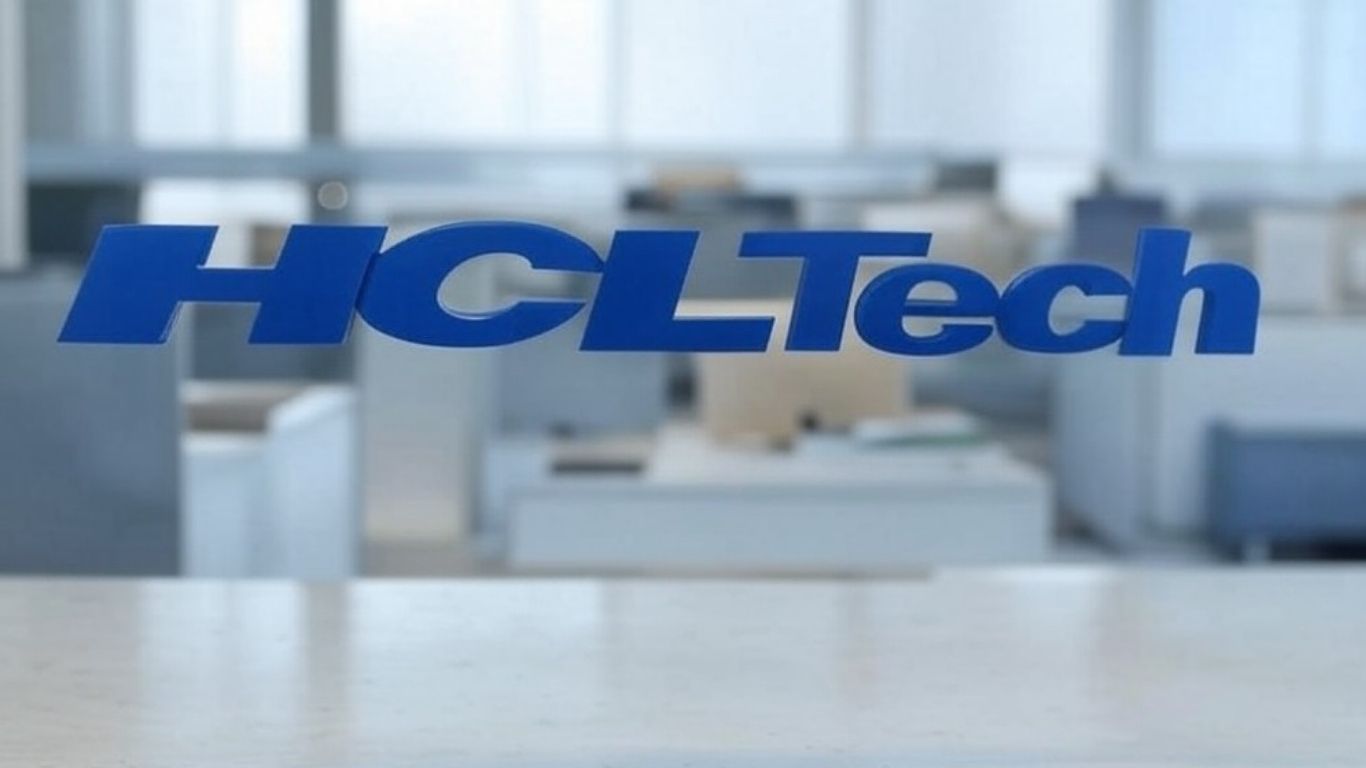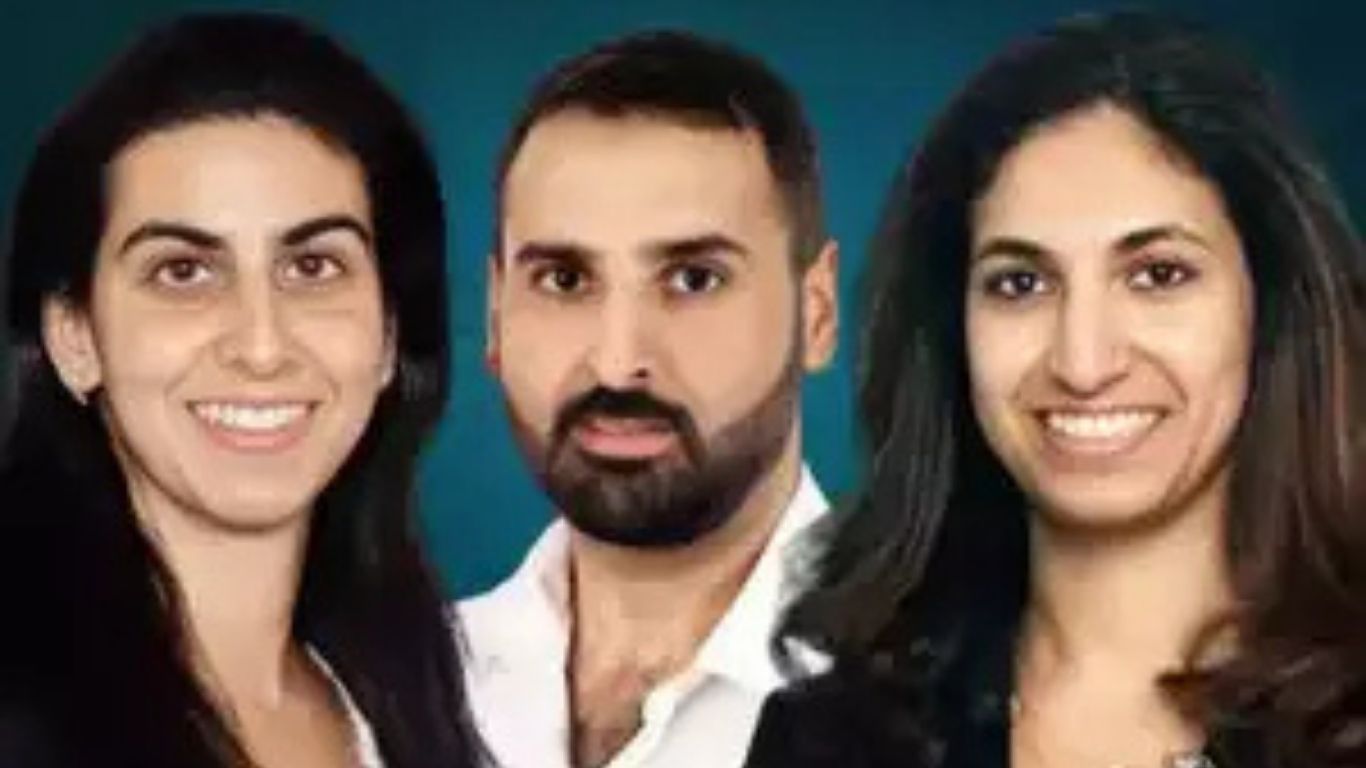Japanese internet and telecommunications giant SoftBank, led by CEO Masayoshi Son, has announced a monumental $100 billion investment in the United States over the next four years. The investment is expected to focus on key areas such as artificial intelligence (AI), emerging technologies, data infrastructure, and energy-related projects. The announcement came after Son’s meeting with US President-elect Donald Trump at Mar-a-Lago, Florida, on December 16, 2024.
1. Overview of the Investment Pledge
SoftBank’s $100 billion investment aims to:
- Create 100,000 jobs across the United States.
- Focus on AI, data centers, semiconductors, and energy infrastructure.
This commitment highlights the increasing emphasis on emerging technologies, which are seen as pivotal to the United States’ economic growth and competitiveness.
2. Trump’s Response: Confidence in America’s Future
President-elect Donald Trump praised Son’s investment as a “monumental demonstration of confidence” in America’s economy. Trump remarked:
“He’s doing this because he feels very optimistic about our country since the election. This historic investment will ensure that artificial intelligence and emerging technologies are created and grown right here in the USA.”
The announcement aligns with Trump’s agenda to bolster domestic job creation and support technological innovation during his upcoming term.
3. Masayoshi Son’s Vision and Optimism
Masayoshi Son expressed his confidence in the US economy, attributing it to Trump’s victory. He shared his excitement during the joint announcement, saying:
“I’m very, very excited. I would really like to celebrate the great victory of President Trump, and my confidence level to the economy of the United States has tremendously increased with his victory.”
Son added that Trump’s leadership style has motivated him to “double down” on his commitment to the United States.
4. Funding Sources: Where Will the Money Come From?
SoftBank’s $100 billion investment is ambitious, but questions remain about funding sources and execution. Potential funding sources include:
- SoftBank Vision Fund: The company’s venture capital arm, which has previously invested in technology startups.
- Arm Holdings: SoftBank’s majority-owned chipmaking company, which could play a significant role in AI and semiconductor projects.
- Existing Investments: Some of the funds may come from investments already announced, such as SoftBank’s $1.5 billion investment in OpenAI.
However, skepticism persists regarding how SoftBank will raise the entire $100 billion, considering it currently has only $30 billion in cash reserves.
5. Previous Pledges and Challenges
This is not the first time Masayoshi Son and SoftBank have made such ambitious investment pledges.
2016 Announcement
After Trump’s first election victory in 2016, SoftBank pledged to invest $50 billion in the US with the goal of creating 50,000 jobs. While some investments materialized, SoftBank’s Vision Fund became infamous for:
- Supporting failed ventures like WeWork, Katerra, and Zume Pizza.
- Losing investor confidence due to poor returns and questionable business decisions.
Foxconn’s Similar Pledge
SoftBank’s announcement draws parallels to Foxconn, the electronics giant that pledged to invest $10 billion and create 13,000 jobs in the US in 2018. Ultimately, Foxconn scaled down its investment to around $630 million, citing logistical and operational challenges.
Given this history, industry experts are cautious about SoftBank’s ability to deliver on its latest $100 billion promise.
6. Focus Areas of Investment
Artificial Intelligence (AI)
AI is a major focus for SoftBank, aligning with the growing global demand for AI-driven solutions. Projects may include:
- Investments in AI research and development.
- Partnerships with AI startups like OpenAI.
- Building infrastructure to support machine learning and deep learning technologies.
Data Centers and Semiconductors
SoftBank’s ownership of Arm Holdings, a leading semiconductor company, positions it to drive advancements in chip technology. Investments in data centers will also support the massive computational requirements for AI applications.
Energy Infrastructure
The $100 billion pledge may include investments in renewable energy, which are critical for powering emerging technologies sustainably.
7. SoftBank Vision Fund: Strengths and Risks
SoftBank’s Vision Fund, launched in 2017, remains central to its global investment strategy. The fund initially garnered over $100 billion from major backers like Saudi Arabia’s Public Investment Fund (PIF) and Abu Dhabi’s Mubadala Investment Company.
Strengths
- Ability to invest in high-potential tech startups.
- Focus on disruptive innovations in AI, robotics, and infrastructure.
Risks
- Past failures like WeWork and Katerra have damaged investor confidence.
- Heavy reliance on external funding sources for large-scale commitments.
- Uncertain economic conditions could further strain SoftBank’s ability to deliver on promises.
8. Skepticism and Investor Concerns
Despite Son’s confidence and Trump’s endorsement, there are lingering concerns about the feasibility of this pledge:
- Funding Shortfall: SoftBank’s current cash reserves may not be sufficient.
- Execution Challenges: Historical examples like Foxconn show that such ambitious promises often fail to materialize fully.
- Investor Confidence: Previous investment failures have left investors wary of SoftBank’s financial strategy.
Analysts believe Son will need to carefully navigate these challenges to restore investor trust and fulfill his commitment.
9. Economic and Political Implications
SoftBank’s $100 billion investment, if realized, could significantly benefit the US economy by:
- Boosting job creation in critical industries like AI, semiconductors, and energy.
- Positioning the United States as a global leader in emerging technologies.
- Strengthening US-Japan economic relations under Trump’s leadership.
From a political standpoint, the announcement bolsters Trump’s economic agenda and highlights his commitment to bringing jobs and investments back to the US.
SoftBank CEO Masayoshi Son’s $100 billion pledge marks a bold step toward strengthening the US economy, particularly in emerging sectors like AI and data infrastructure. While the investment promises to create 100,000 jobs, questions about funding sources and SoftBank’s ability to deliver remain unresolved.
The success of this pledge will depend on SoftBank’s ability to overcome past failures, secure investor confidence, and execute projects effectively. If realized, it could cement SoftBank’s role as a global leader in technological innovation while positioning the United States at the forefront of the AI revolution.
FAQs
1. What is SoftBank’s $100 billion investment pledge about?
SoftBank plans to invest $100 billion in the US over four years, focusing on AI, data infrastructure, semiconductors, and energy.
2. How many jobs will the investment create?
The investment aims to create 100,000 jobs in emerging technology sectors.
3. What are the concerns about SoftBank’s pledge?
Concerns include SoftBank’s limited cash reserves, past investment failures, and challenges in securing funds for the commitment.
4. How does this pledge compare to SoftBank’s 2016 announcement?
In 2016, SoftBank pledged $50 billion and 50,000 jobs. However, its Vision Fund faced setbacks due to failed investments like WeWork.
5. What are the funding sources for this investment?
Potential sources include SoftBank’s Vision Fund, Arm Holdings, and previously announced investments like its $1.5 billion funding for OpenAI.











